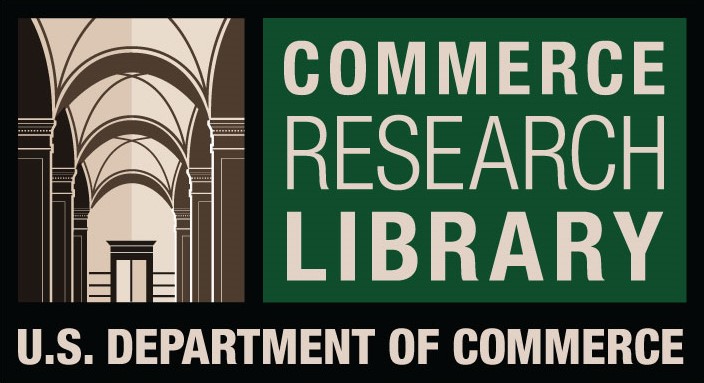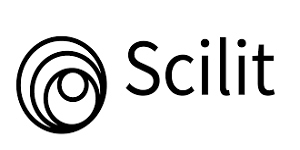Creativity - as a motivating factor in teaching in pedagogical universities
DOI:
https://doi.org/10.61841/tz77vj77Keywords:
creativity;, concepts of creativity;, mechanisms of creative thinking;, phenomenon of creativityAbstract
This article summarizes the data on the very problem of creativity, the creativity of the individual, on research on this topic, on the components of the very concept of creativity. The characteristic of creativity as the ability to create is given. The significance of the research, the initial positions of the mutual influence of various influences is substantiated. defining the concept of creativity. The main theoretical approaches to the study of the nature and structure of creativity for the development of its development strategy are analyzed.
Downloads
References
[1] Dorfman, L. Plural self, plural achievement motives, and creative thinking / L. Dorfman, A. Ogorodnikova // Aesthetics and Innovation / ed. in L. Dorfman, С. Martindale & V. Petrov. – Cambridge: Cambridge Scholars Press, 2007. – P. 133–168.
[2] Dukov V.M. Theoretical approach to the study of creativity / Dukov V.M., Kozulina E.V. // Modern high technologies / - 2010, №10. – Р. 140-144
[3] Eremina L.I. Development of personal creativity: psychological aspect // Society: sociology, psychology and pedagogy / - 2014, №1. – Р. 42-47.
[4] Golubova V.M. Research of the nature of creative thinking and creativity of a person // Fndamental research / - 2015, №2. – Р.1067-1071
[5] Foster I. Creativity and teaching. London: Macmillar, 2019
[6] Gardner R. Cognitive control. A study of individual contistencies in cognitive behavior. N.Y., 2019. 165 p.
[7] Gardner R, Howard. Creating minds: An anatomy of creativity seen through the lives of Freud, Einstein, Picasso, Stravinsky, Eliot, Graham and Gandhi. Basic book., N.Y., 2013.-464 p.
[8] Getzels I.W., Jackson P.W. Creativity and Intelligence. N.Y, Wiley,2012
[9] Guilford J.P. The nature of human intelligence. New York: Vc - Gaw Hill, 2017
[10] Guilford J.P. Trait of Creativity. In: P.E.Vernon /Ed./ "Creativity", 2018
[11] Govan J.C., Torrance E.P. Educating the ablest. Ithacal / Peacock, 19712.17Herge A., Lawson B.R. Creative thinking // Cjmpliance and excellence /Ed. by Singleton W.T. 19792.18EisenkH.J. (Ed) A model for intelligence-
N.Y., 2012
[12] Jackson Ph., Messic S. The person, the product and the response: conceptual problems in the assessment of creativity in: Creativity and learning. Boston., 2017 pp. 1-19
[13] Karlson Y.L. Inheritance of creative intelligence. Chicago, 2018
[14] Lioyd B. and Archer F. Exploring sex differences. London., 19762.22Lytton H. Creativity and education. N.Y.,
Schocken books, 2015
[15] Mackinnon D.W. Creativity: a multifaceted phenomenon // Creativity. -Amsterdam. London., 2016
[16] Mackinnon D.W. The peraonality correlates of creativity: a study of American architects. In: P.E.Vernon /Ed./ "
Creativity", 2018
[17] Mansfield R.S., Russe T.V. The psychology of creativity and discovery: scientists and their work. Chicago, 2018
[18] Mednick S.A. The associative basis of the creative process //Psychol. Review. 2019
[19] Miller N.E., Dollard J. Social learning and imitation New Haven: Yale Univ. Press, 19412.28New Horizons in Psychology. Brian M.Foss /Ed./. Penguin books, 2019
[20] Rogers C.R Towards a Theory of Creativity. In: P.E.Vernon /Ed./ "Creativity", 2015
[21] Study of Adult Life Span from 20 to 70 Years. Psychol. Monogr., 2018
[22] Sinnot E.W. The creativeness of life. In: Creativity and its cultivation". - N.Y. Harpen, 2019
[23] Sternberg R.J., Lubart T.I. Delving the crowd: Cultivating creativity in a culture of onfonnity. -N.Y.: Free press, 2015
[24] The Creativity questions. Rothenberg H.I., Hausman C.R. / Ed./Durham Duke, univ.press., 2017
[25] Torrance E.P. Guiding creative talent Englewood Cliffs, W.J.: Prentice -Holl, 2014
[26] Whyrell W/ On the philosophy of design 31d; Jon Parber, 2019
[27] Omar SH, Nabi Saba. "Melatonin, Receptors, Mechanism, and Uses." Systematic Reviews in Pharmacy 1.2 (2010), 158-171. Print. doi:10.4103/0975-8453.75069
[28] Suganya,K., &Mummoorthy,A. (2015). A Survey on Attacks, Security and Challenges in Wireless Sensor Networks. International Journal of Communication and Computer Technologies, 3(2), 98-103.
[29] Yamini,R.,& Dr. Germanus Alex,M. (2018). Efficient Resource Management in Cloud Computing Using Non Operational Elements. Bonfring International Journal of Industrial Engineering and Management Science, 8(1), 06to08.
[30] Song, D. A class of approximate entanglement networks (2019) NeuroQuantology, 17 (2), pp. 16-21.
[31] Pandarakalam, J.P. Where schizophrenia and consciousness intersect: Disorders of consciousness in schizophrenia (2019) NeuroQuantology, 17 (2), pp. 121-139
Downloads
Published
Issue
Section
License

This work is licensed under a Creative Commons Attribution 4.0 International License.
You are free to:
- Share — copy and redistribute the material in any medium or format for any purpose, even commercially.
- Adapt — remix, transform, and build upon the material for any purpose, even commercially.
- The licensor cannot revoke these freedoms as long as you follow the license terms.
Under the following terms:
- Attribution — You must give appropriate credit , provide a link to the license, and indicate if changes were made . You may do so in any reasonable manner, but not in any way that suggests the licensor endorses you or your use.
- No additional restrictions — You may not apply legal terms or technological measures that legally restrict others from doing anything the license permits.
Notices:
You do not have to comply with the license for elements of the material in the public domain or where your use is permitted by an applicable exception or limitation .
No warranties are given. The license may not give you all of the permissions necessary for your intended use. For example, other rights such as publicity, privacy, or moral rights may limit how you use the material.












